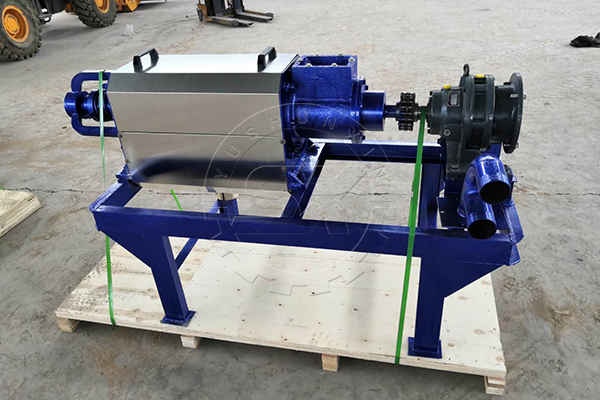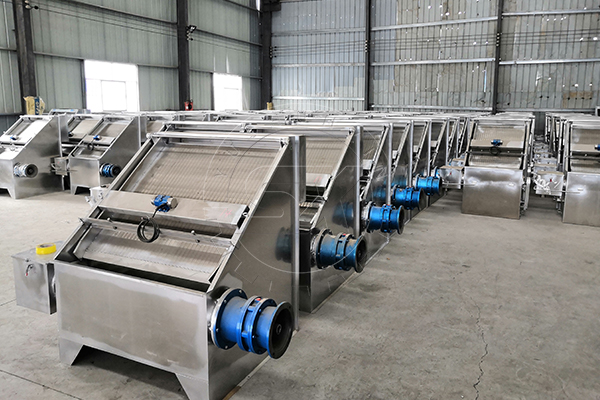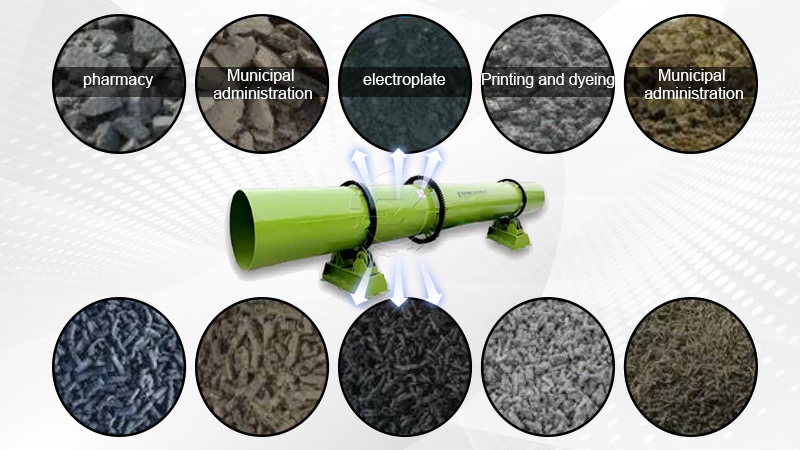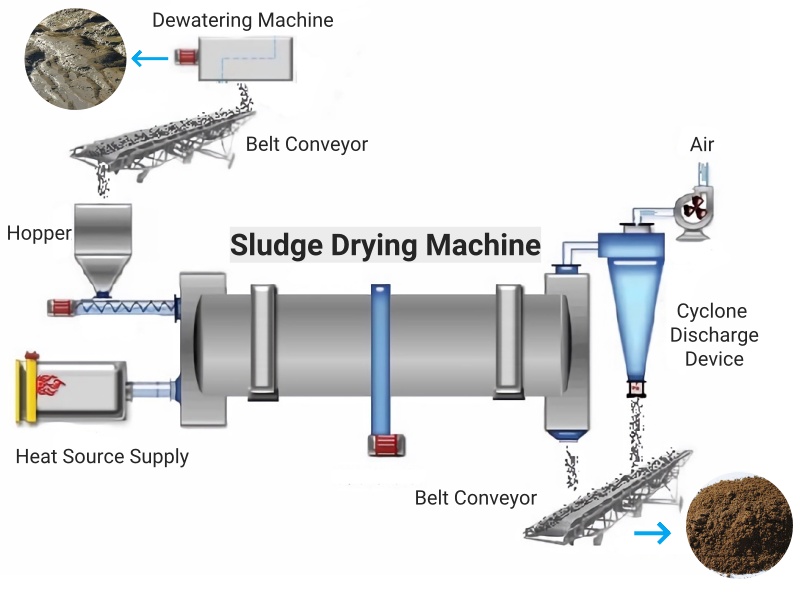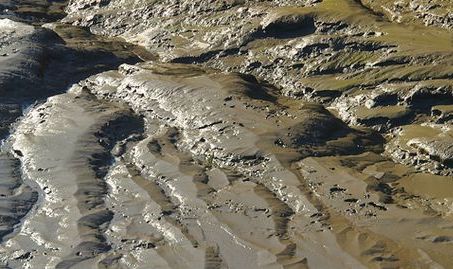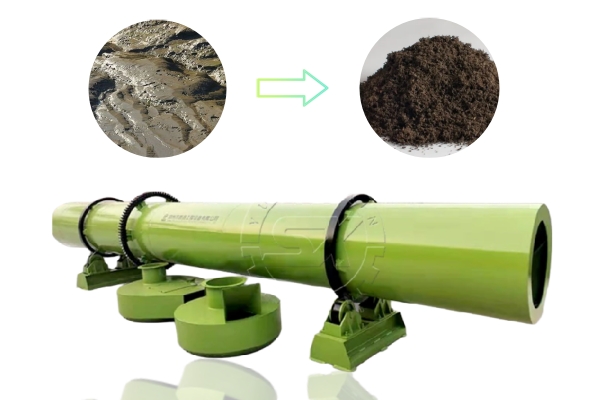In the realm of industrial drying solutions, especially when utilizing rotary drum dryers, the efficiency of the drying process can be significantly impacted by a myriad of factors. Among these, the characteristics of the materials being dried play a pivotal role. As a professional manufacturer, Yushunxin Equipment, we emphasize understanding these material traits to ensure a smooth and efficient drying operation.
Top 8 Factors of Slurry Dryers’ Drying Effeciency
1. Initial Moisture Content
The initial moisture content of the material requires careful consideration, as it determines the necessity for pre-treatment. Materials with high moisture content not only pose the risk of clogging due to stickiness but also consume more fuel and time, potentially leading to uneven drying or failure to achieve the desired final moisture content. Pre-treatment using dewatering machines or filter presses is often necessary to reduce the moisture content to below 80%.
2. Final Moisture Content
The final moisture content, or product moisture level, directly impacts the difficulty of the drying process. Lower final moisture levels require longer drying times and higher temperatures to achieve optimal results. Adjusting the drying parameters according to the desired final moisture content ensures efficient and effective drying operations.
3. Particle Size and Shape
The safety of drum dryers is directly influenced by the size of the material particles, with smaller particles posing explosion risks. The shape of the material—whether it be bar-shaped, root-like, flaky, blocky, paste-like, granular, or powdery—affects the drying efficiency due to differences in surface area exposed to heat.
4. Material Flammability
Setting the correct temperature within the rotary dryer is crucial to avoid surpassing the material’s flash point, which could lead to ignition or charring. Continuous monitoring of the dryer’s internal temperature is essential to prevent such hazards.
5. Viscosity
Viscous materials, with moisture deeply embedded, require longer drying times and higher temperatures. These materials can also stick to the dryer walls and form clumps, obstructing the process. Modern sludge dryers equipped with disintegration and lifter systems effectively address these challenges by preventing material from sticking and clumping.
6. Volatility
Materials that exhibit strong volatility at high temperatures, or contain volatile substances, pose safety risks. Such characteristics necessitate careful selection of drying temperatures and possibly the use of additives to mitigate the risks associated with volatile components.
7. Corrosiveness
Materials with strong acidity or alkalinity can corrode drying equipment, affecting its lifespan. For drying corrosive materials, utilizing dryers made from corrosion-resistant materials, such as stainless steel, is advisable to ensure durability and reliability.
8. Oxidative Properties
Materials prone to oxidation upon contact with air or hot gases can undergo significant property changes. Indirect heat dryers, which prevent direct contact between the material and hot gases, are preferred for such sensitive materials.
In conclusion, the efficiency of rotary drum dryers is influenced by various material characteristics. Understanding these factors is essential for optimizing drying processes and ensuring safe and effective operations. Before purchasing or utilizing rotary drum dryer equipment, thorough consideration of material properties is necessary to facilitate smooth and efficient drying operations.

